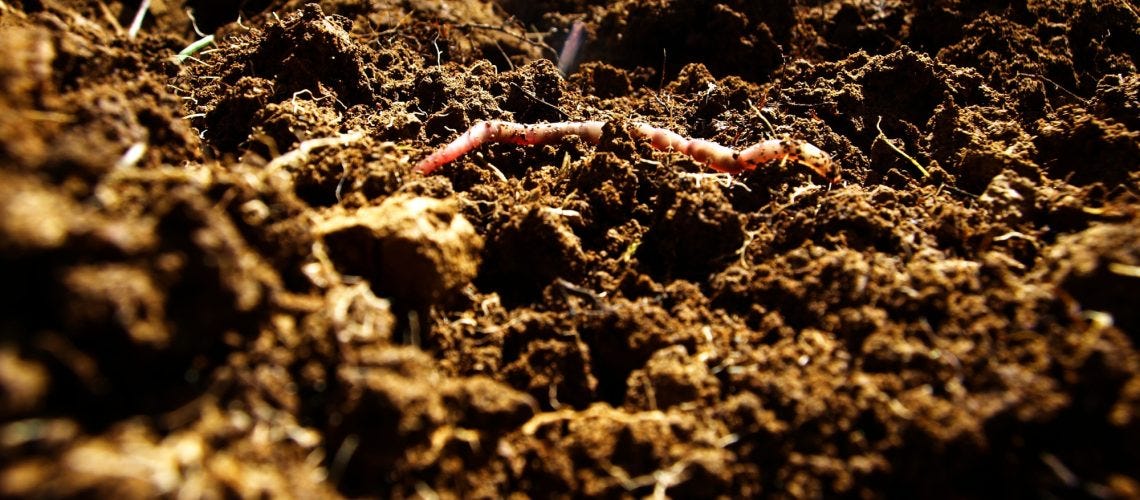Soil Respiration Test: A Simple Tool to Boost Organic Farming Results
Organic farmers across America are discovering a powerful yet simple method to maximize crop yields and soil health. The soil respiration test provides valuable insights into the biological activity happening beneath the surface, helping farmers make informed decisions about their land management practices. Understanding how to measure and interpret soil respiration can transform farming operations by revealing the true health of agricultural soil.
What Soil Respiration Reveals About Your Land
Soil respiration measures the carbon dioxide released by living organisms in the soil, including plant roots, bacteria, fungi, and other microorganisms. When you conduct a soil respiration test, you gain direct insight into the metabolic activity occurring in your fields. Active, healthy soil produces more carbon dioxide because it contains more living organisms working together to break down organic matter and cycle nutrients.
Farmers who regularly perform soil respiration test procedures often discover patterns that help them understand seasonal changes in soil biology. Spring measurements typically show increased activity as soil temperatures warm and microbial populations expand. Summer readings can reveal stress points where biological activity slows due to heat or drought conditions. Fall measurements help farmers assess how well their soil biology recovers after harvest and prepares for winter dormancy.
Simple Methods for Measuring Soil Respiration
Conducting a soil respiration test requires minimal equipment and can fit easily into routine farm management practices. The most common approach involves placing a sealed chamber over a small area of soil and measuring carbon dioxide accumulation over a specific period.
Portable soil respiration systems designed specifically for agricultural use offer more sophisticated measurements while remaining user-friendly. Many organic farmers find that weekly or bi-weekly testing during the growing season provides sufficient data to guide management decisions without becoming overly time-consuming.
Temperature and moisture conditions significantly affect soil respiration test results, so farmers should record environmental conditions during each measurement. Early morning or late afternoon testing often provides the most consistent conditions for comparing results across different dates and locations.
Interpreting Results for Better Farm Management
Higher soil respiration rates generally indicate healthier, more biologically active soil. When your soil respiration test shows increasing CO2 production over time, you can feel confident that your organic management practices are supporting soil biology effectively. Conversely, declining respiration rates may signal problems such as compaction, nutrient imbalances, or reduced organic matter content.
Seasonal patterns in soil respiration help farmers time important activities like cover crop planting, compost application, and tillage operations. Soils with robust biological activity typically support better nutrient cycling, improved water infiltration, and stronger disease suppression compared to biologically inactive soils.
Connecting Soil Health to Crop Performance
Organic farmers who monitor soil respiration regularly report stronger correlations between soil biology and crop performance. Plants growing in soil with active microbial communities access nutrients more efficiently and show improved resistance to environmental stresses. Root systems develop more extensively in biologically active soil, leading to better water and nutrient uptake.
Regular soil respiration test monitoring helps farmers evaluate the effectiveness of different organic amendments. Compost applications, cover crop rotations, and reduced tillage practices all influence soil biology in ways that become apparent through consistent respiration measurements.

